Picture Section
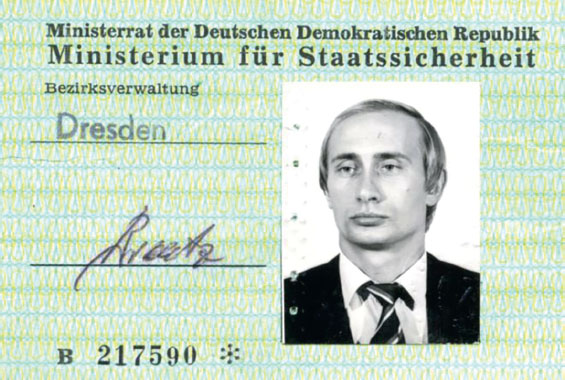
Putin’s identity card as a Stasi officer would have given him direct access to Stasi buildings and made it easier for him to recruit agents.
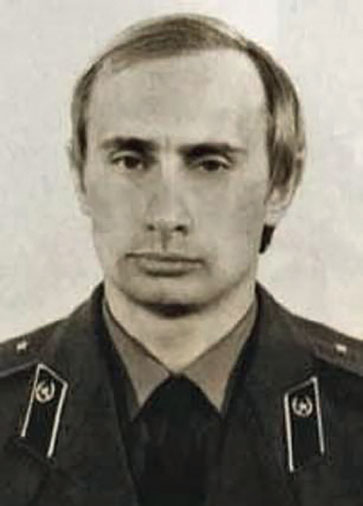
Putin handled sleeper agents otherwise known as ‘illegals’ while serving in Dresden as a liaison officer between the KGB and the Stasi.
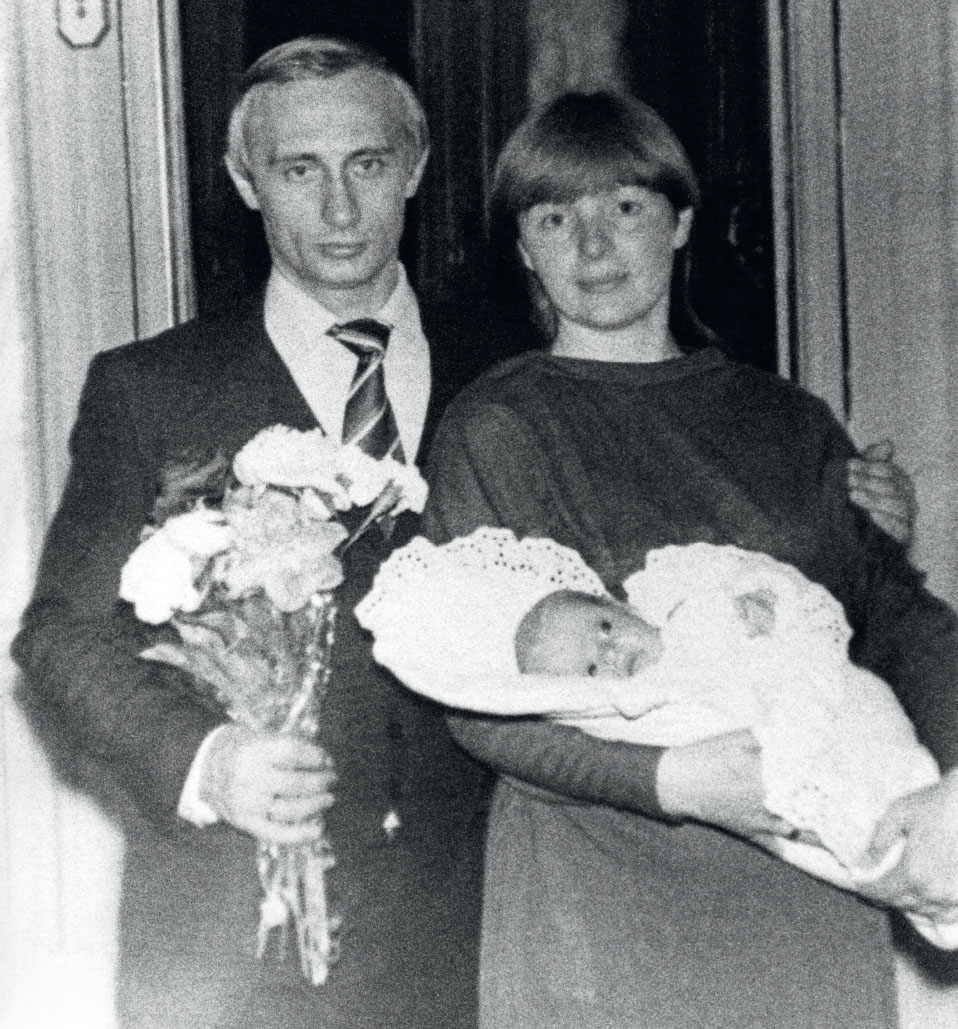
Katerina, or Katya, the second daughter of Putin and his wife Lyudmilla, was born while the family was stationed in Dresden in August 1986.
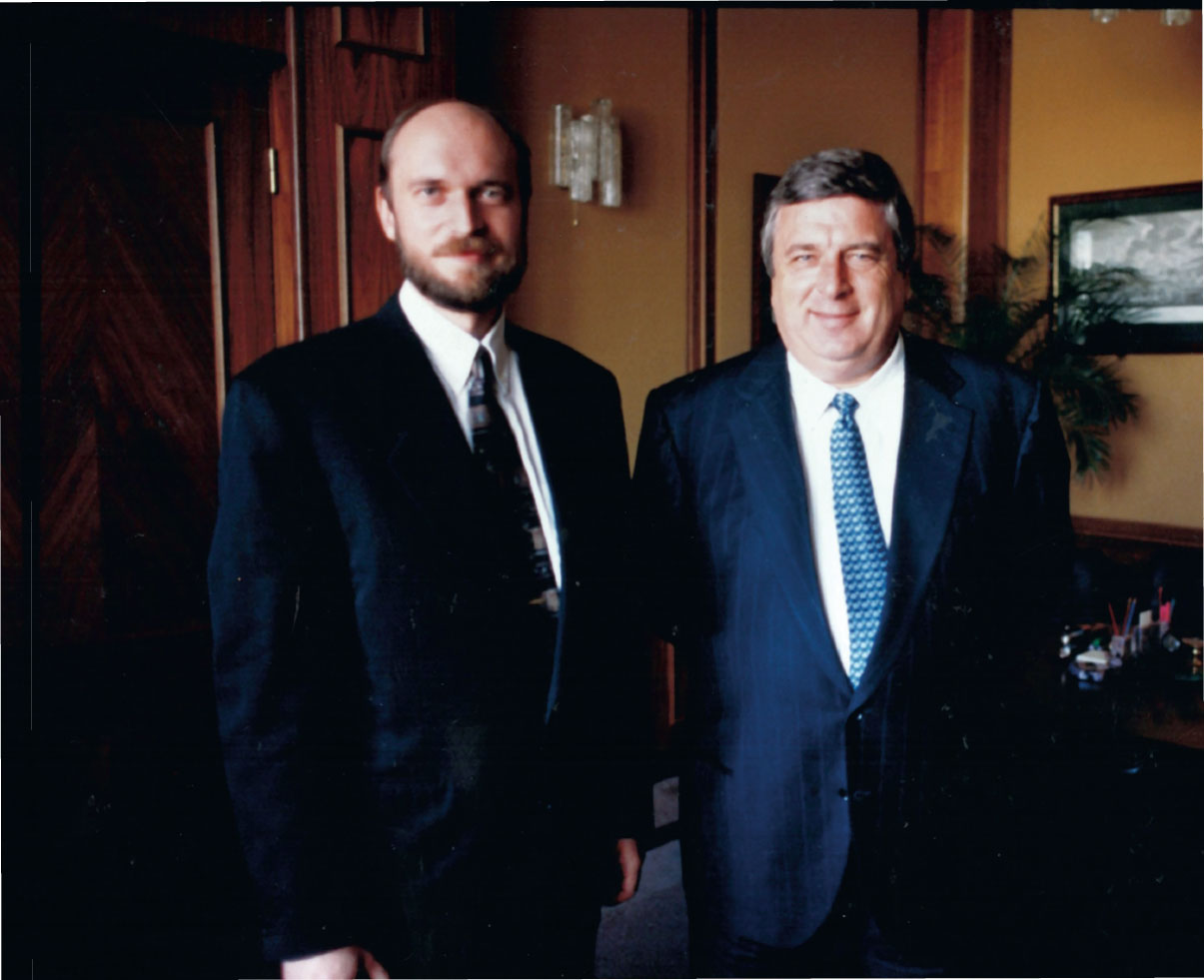
Sergei Pugachev (left), known then as the Kremlin’s banker, worked closely with Pavel Borodin (right), the Kremlin property department chief, during the nineties.
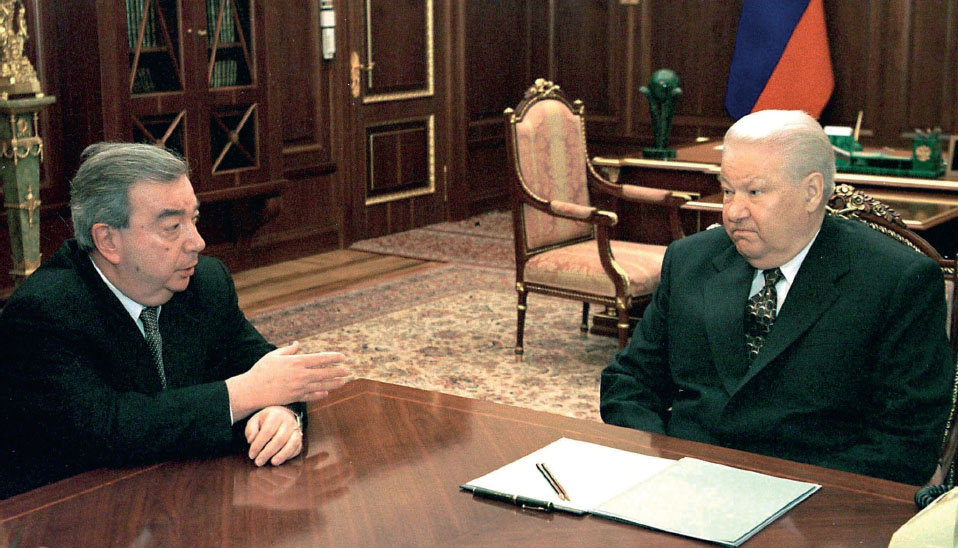
In 1999, Russian president Boris Yeltsin (right) was facing a growing challenge from Yevgeny Primakov (left), the former spymaster he anointed prime minister.
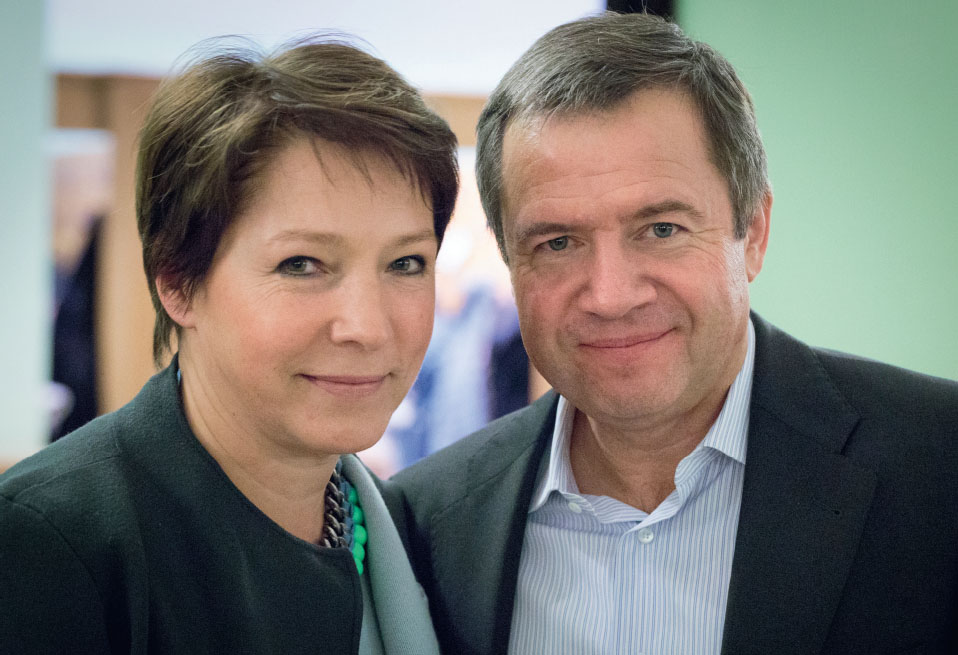
Yeltsin’s daughter, Tatyana Dyachenko, and her husband Valentin Yumashev, Yeltsin’s former chief-of-staff.
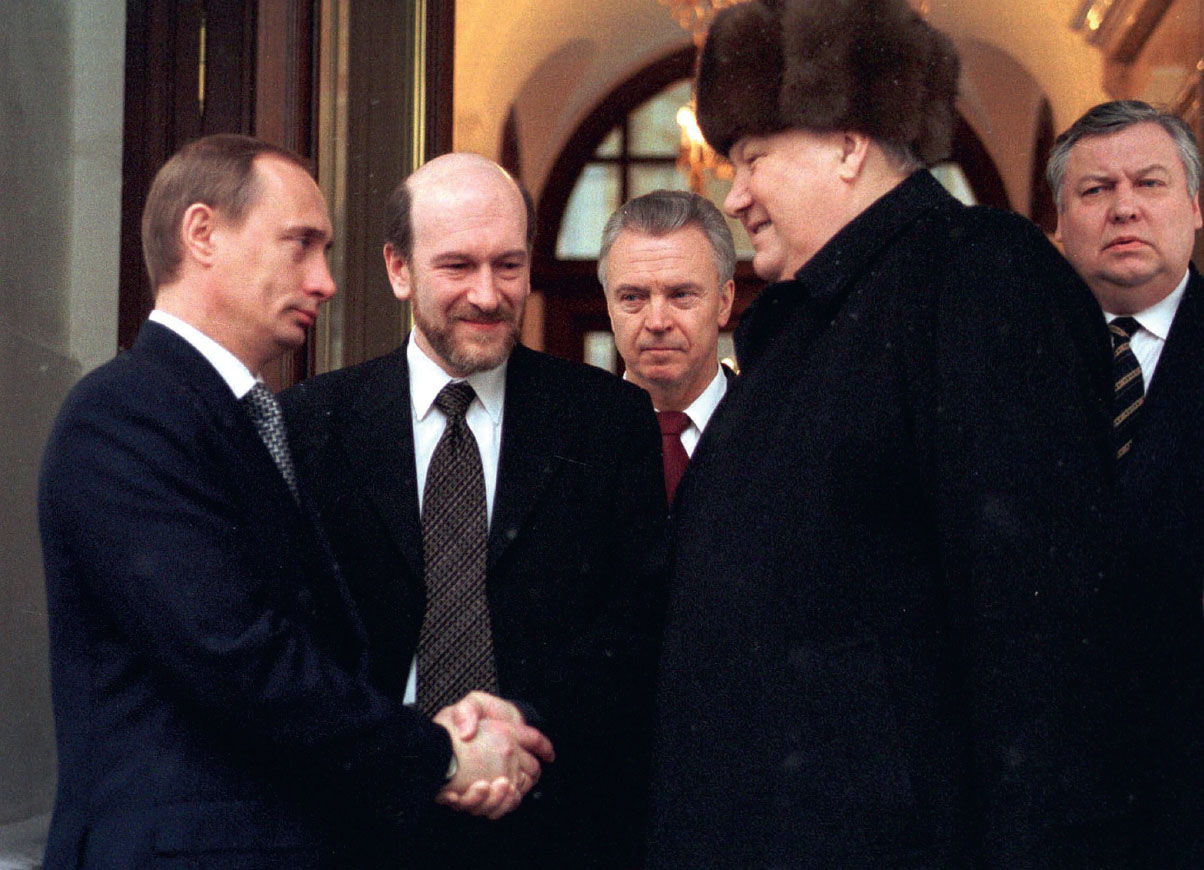
On the stroke of midnight, New Year’s Eve 1999, Yeltsin (right) handed over the presidency to Putin.
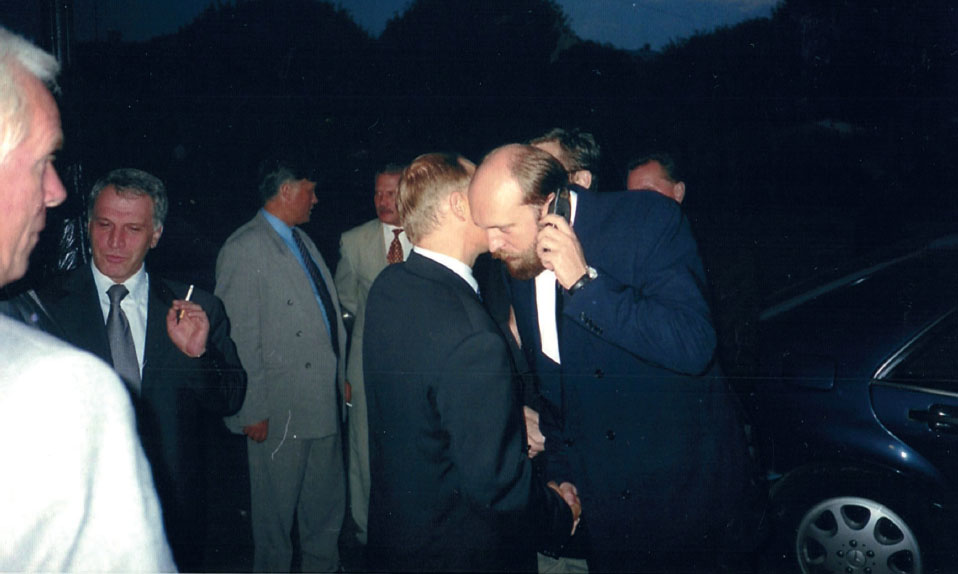
Putin’s election as president was good news for Pugachev (right), pictured here with Putin during an evening in St Petersburg together with close allies Vladimir Yakunin and Yury Kovalchuk.
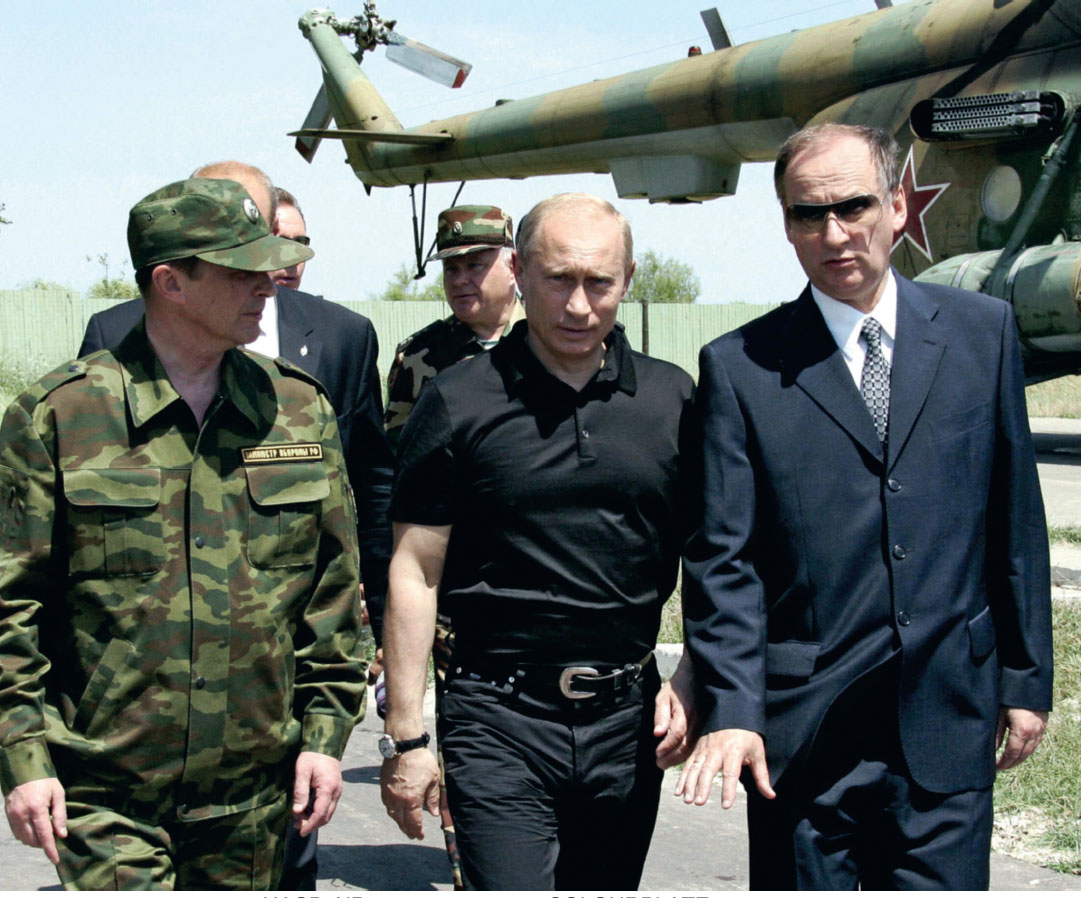
Putin’s war in Chechnya helped propel his vault to the presidency and ensured the rise of the St Petersburg siloviki, the ‘men of force’ led by Nikolai Patrushev, then Federal Security Service chief (right).
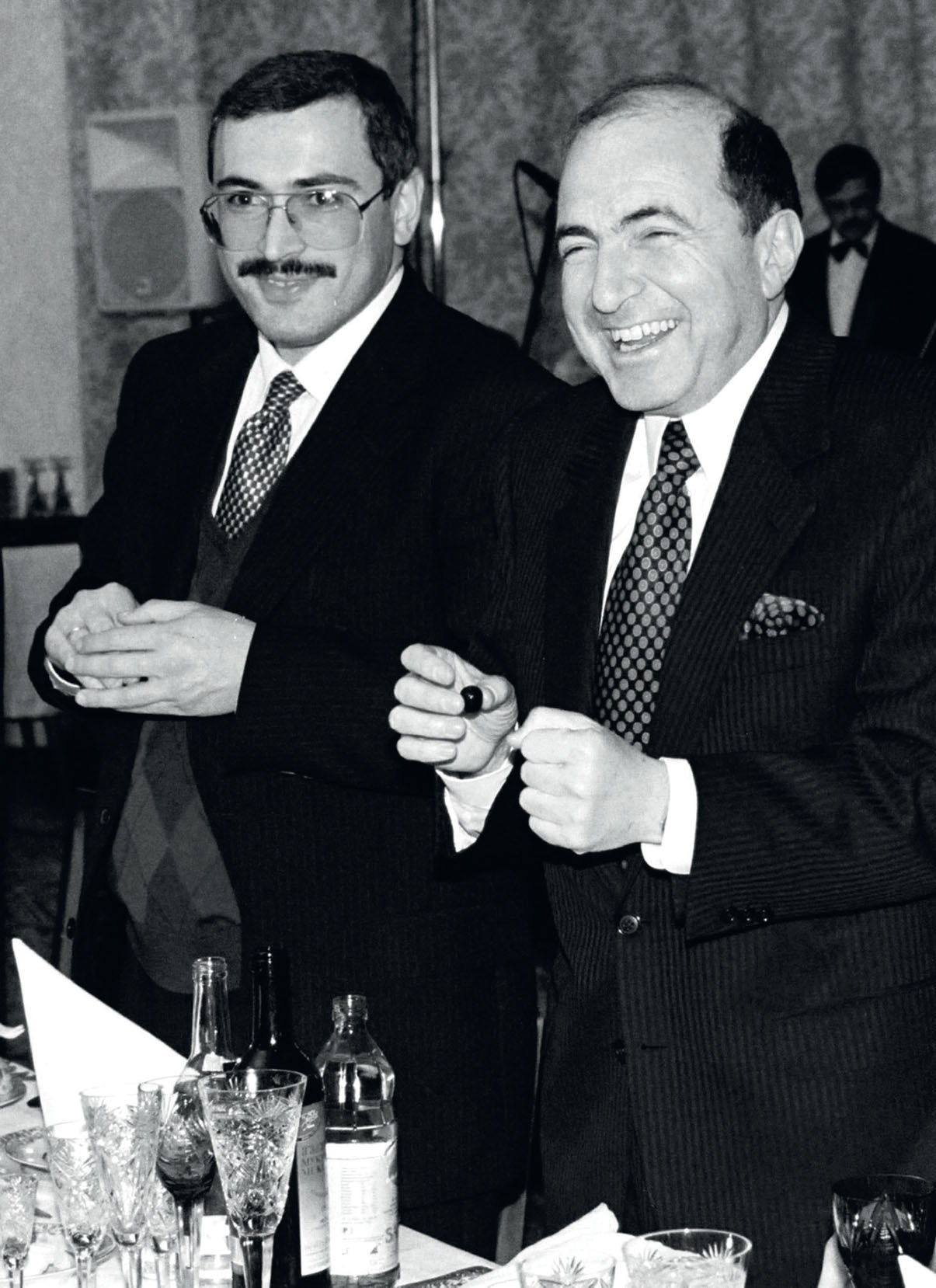
The free-for-all days of plenty for Yeltsin-era oligarchs such as Mikhail Khodorkovsky (left) and Borls Berezovsky (right) were numbered after Putin took the presidency.
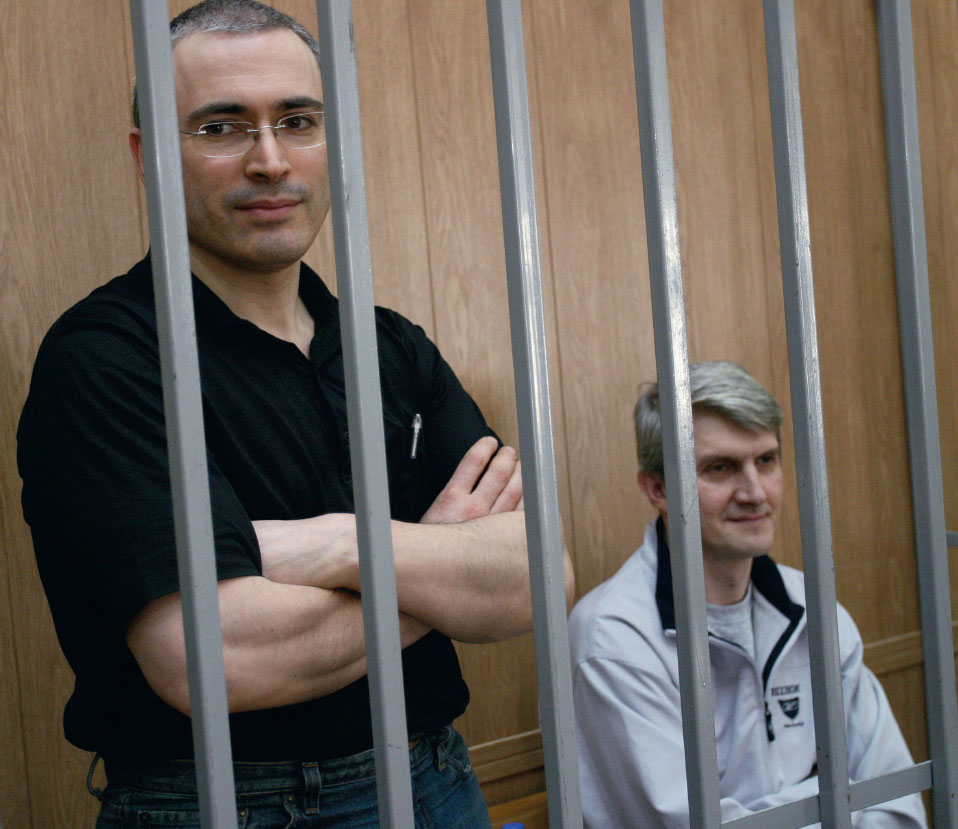
Russia’s one-time richest man, Mikhail Khodorkovsky (left), and his closest lieutenant Platon Lebedev facing trial in 2005 for fraud and tax evasion.
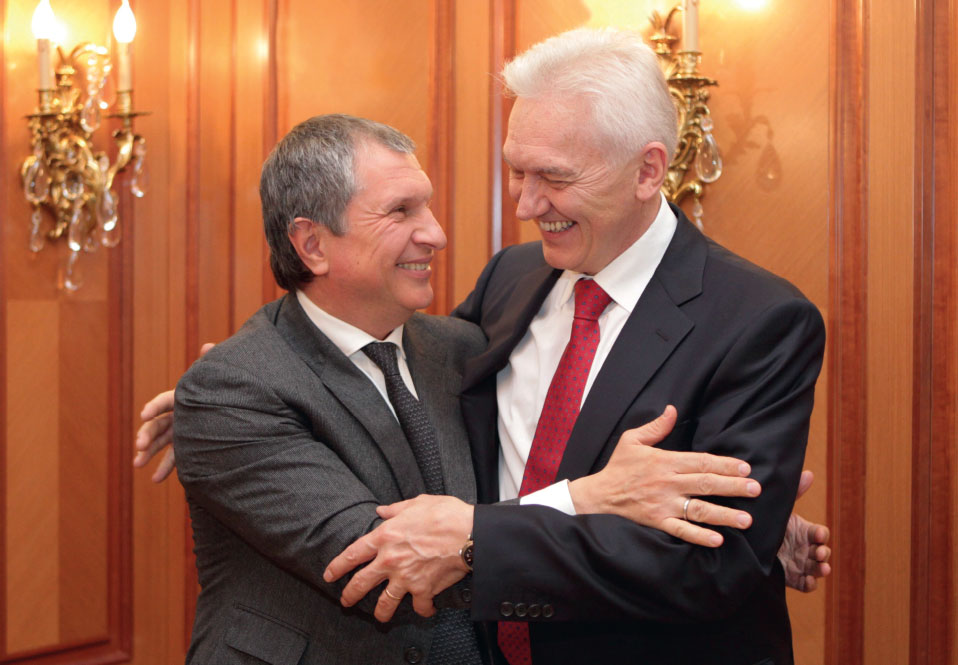
The wealth at the command of Igor Sechin, chairman of state oil major Rosneft (left), and Gennady Timchenko, founder of oil trader Gunvor (right), grew rapidly following the Kremlin takeover of Khodorkovsky’s Yukos oil major.
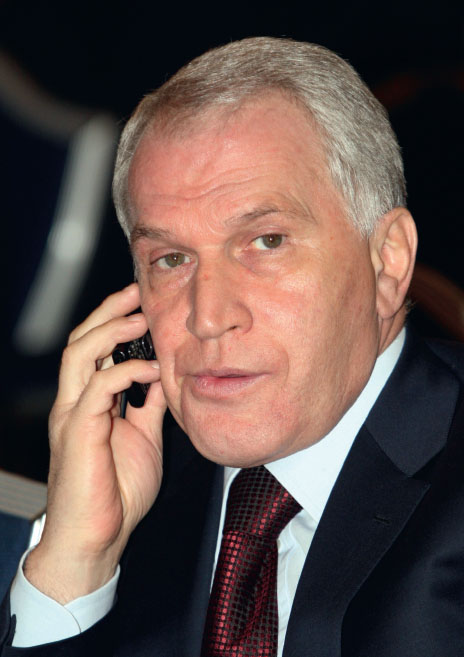
Yury Kovalchuk, the biggest shareholder in Bank Rossiya.
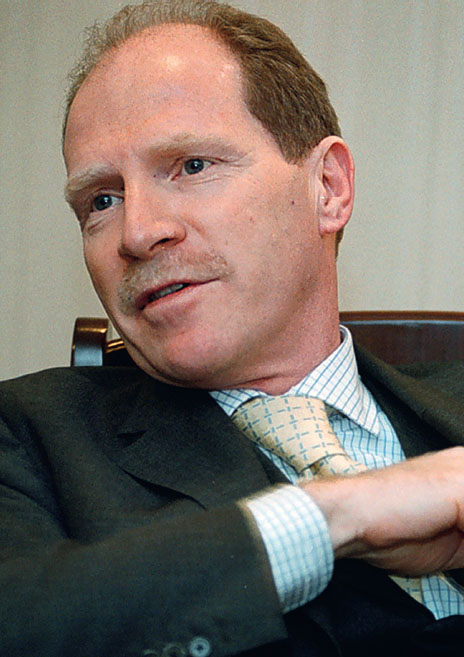
Martin Schlaff, the billionaire former Stasi agent who allegedly smuggled embargoed technology through Dresden in the 1980s.
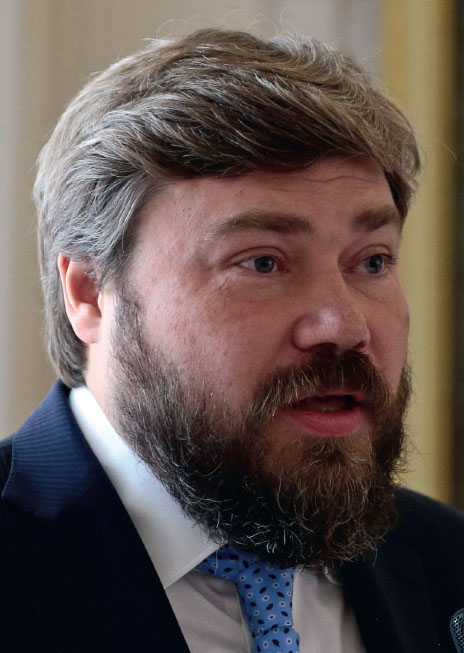
Konstantin Malofeyev, the Russian Orthodox tycoon.
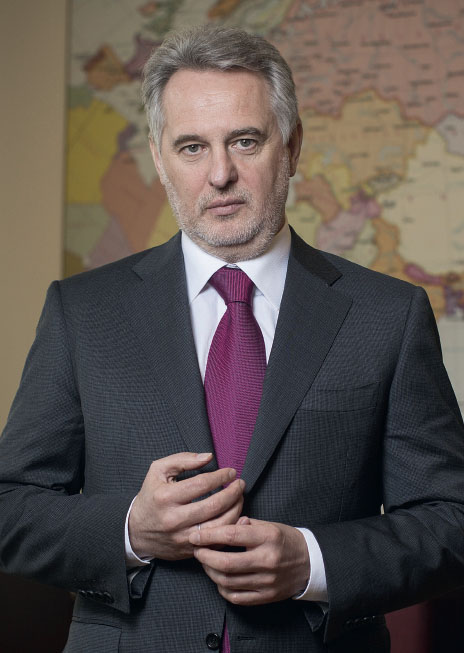
Kremlin-connected tycoon Dmitry Firtash was at the centre of a shadowy gas trading scheme between Russia, Ukraine and Turkmenistan.
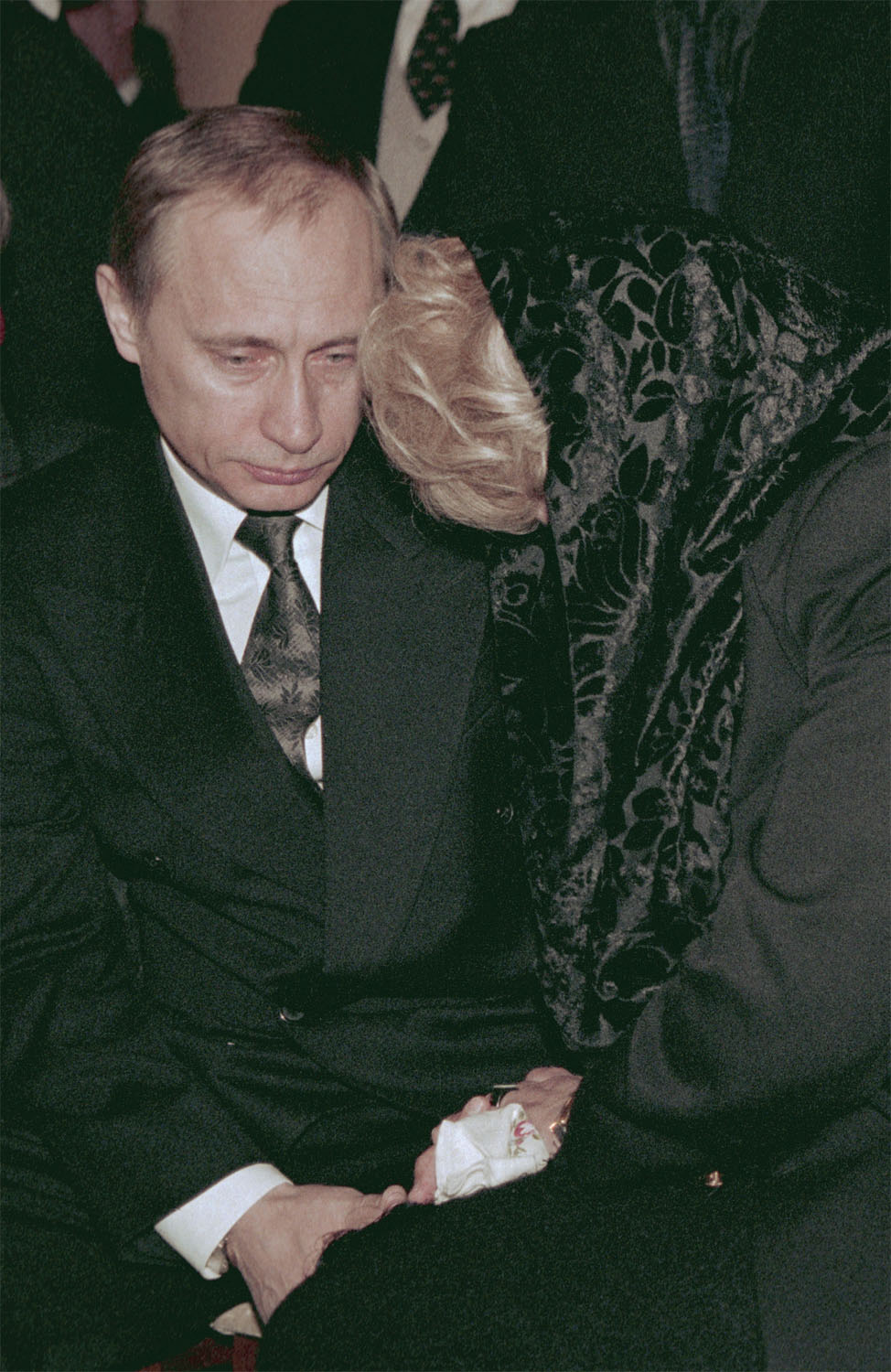
Putin comforted Lyudmilla Narusova, the widow of his former mentor, Anatoly Sobchak, the St Petersburg mayor, who died mysteriously just a month before Putin was elected president in 2000.
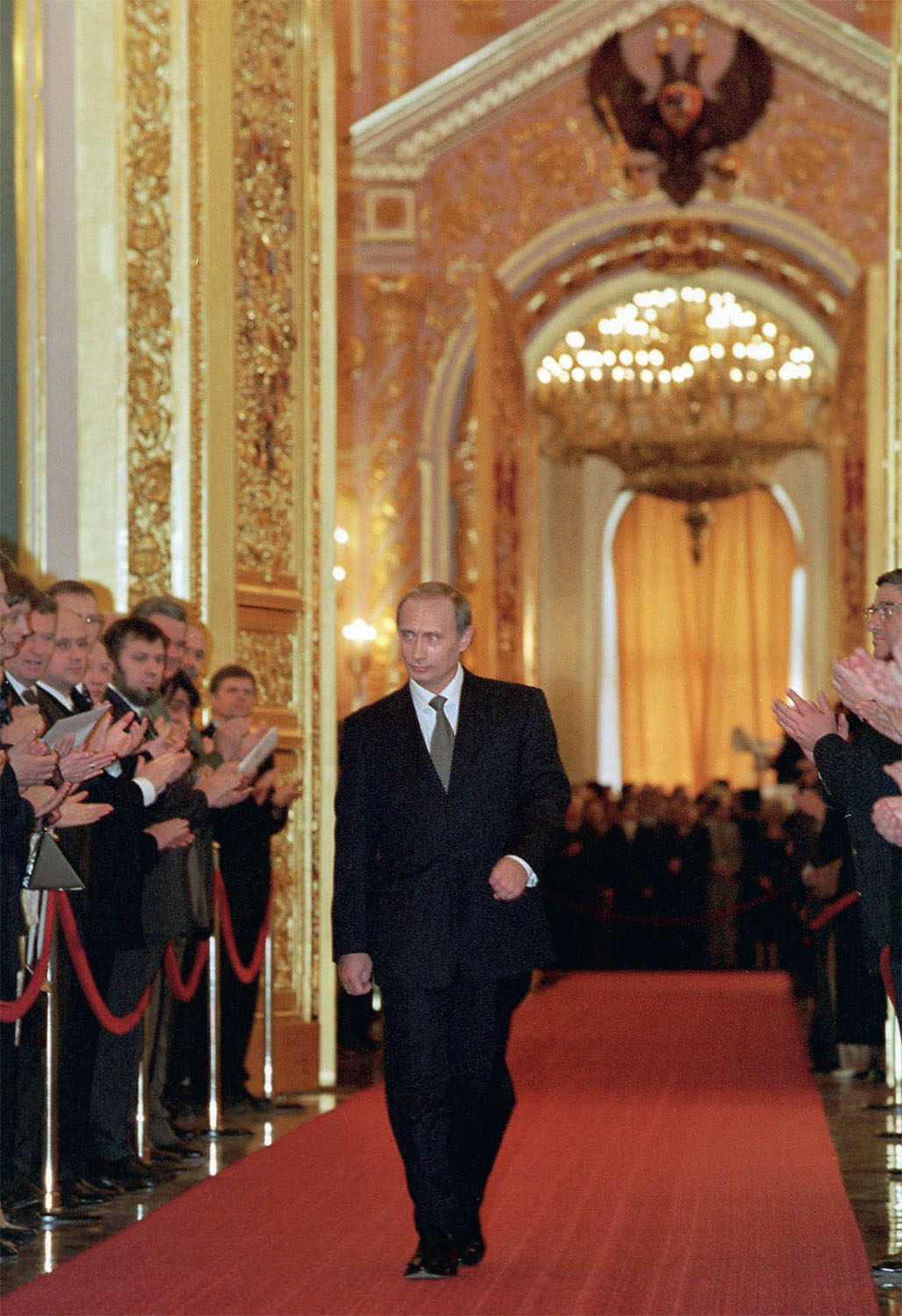
The kandidat rezident striding into the glittering Andreyevsky Hall during his inauguration as president in May 2000.
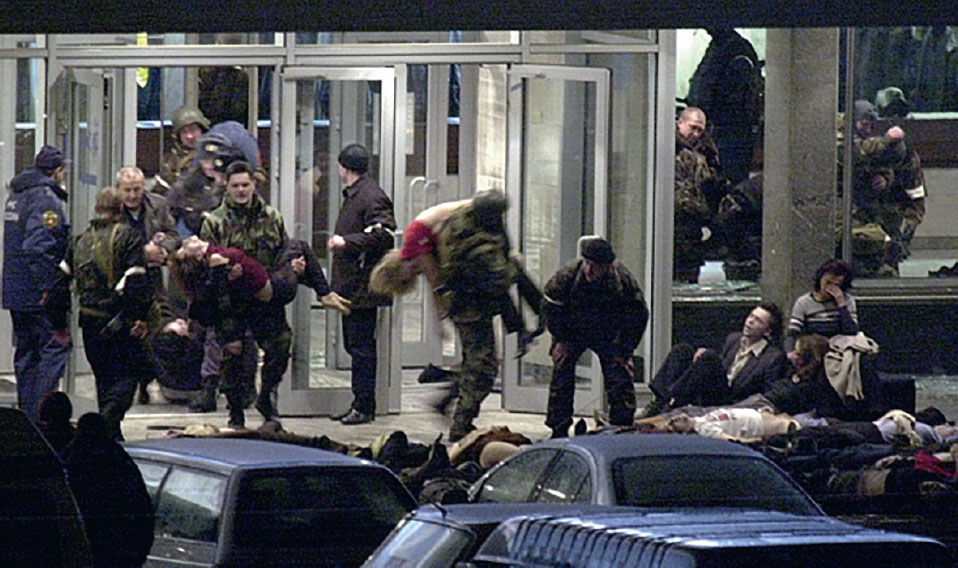
More than 115 hostages died in October 2002 after Russian special forces disbursed an unidentified gas into Moscow’s Dubrovka theatre in a desperate attempt to break a siege by Chechen terrorists.
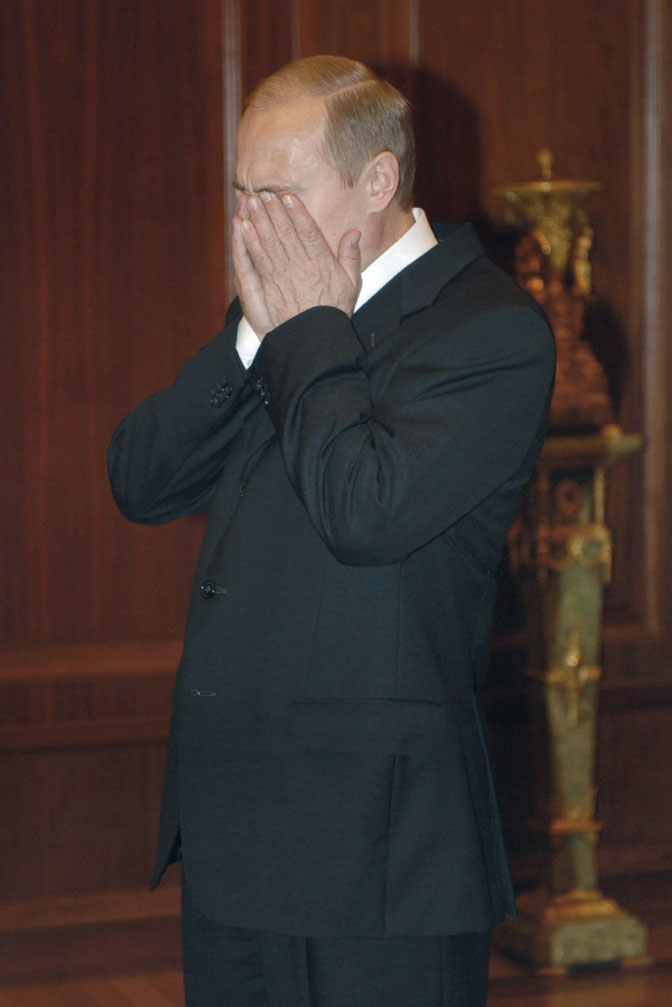
It was the first hostage crisis of Putin’s presidency, and according to one insider account, Putin plunged into panic as events unfolded far from according to plan.
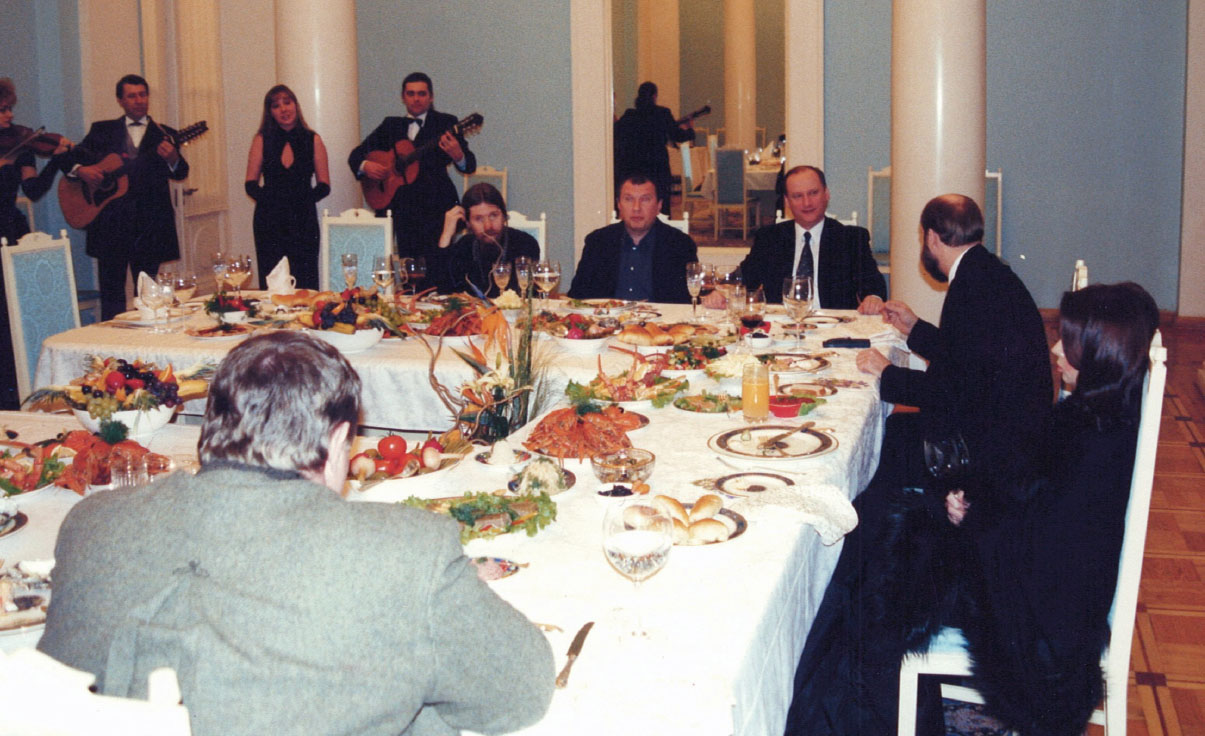
Times were good for Putin’s close allies as Pugachev wined and dined the likes of Tikhon Shevkunov, Igor Sechin and Nikolai Patrushev.
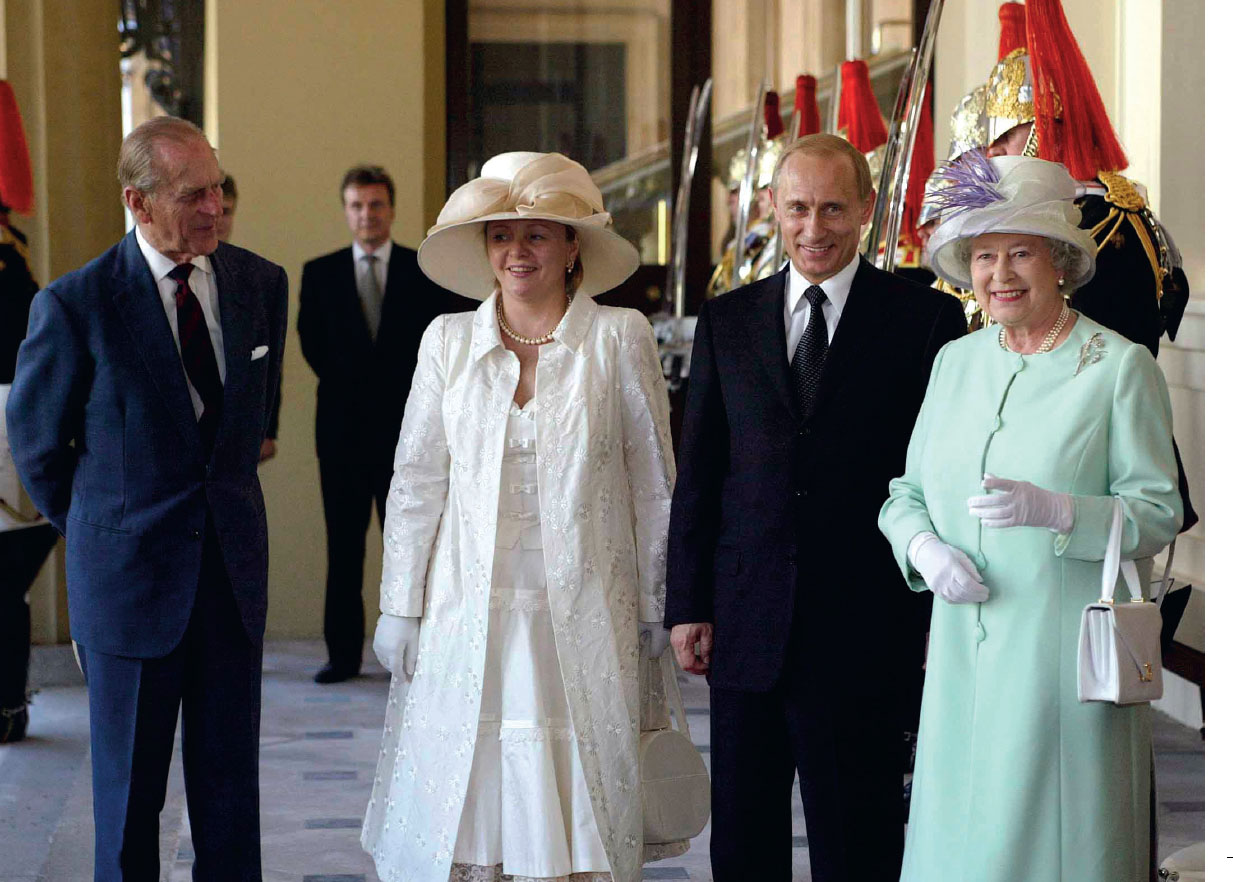
Putin and Lyudmilla were welcomed with ceremony during a state visit to the UK in 2003. At home, however, Russian prosecutors launched a relentless legal campaign against Russia’s richest man Mikhail Khodorkovsky.
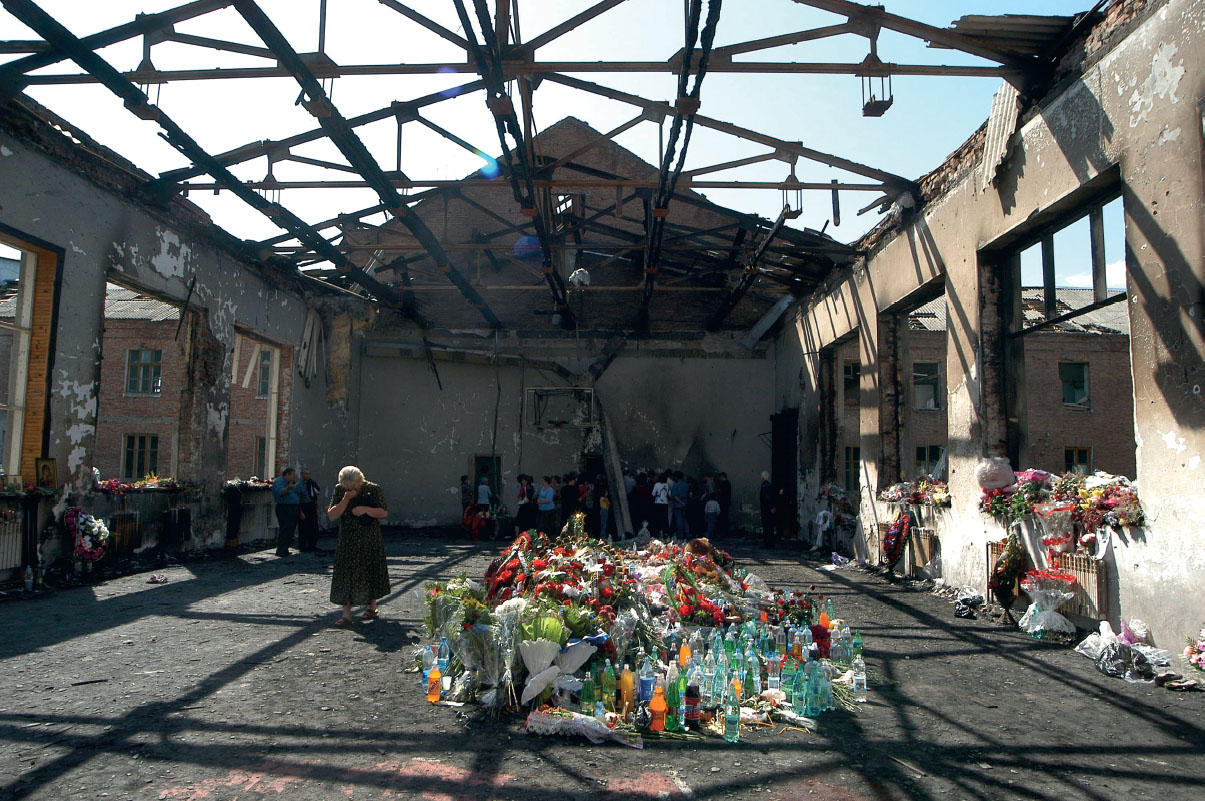
Mourners at the site of the gymnasium at the school in Beslan where 330 hostages died, more than half of them children, after armed Chechen terrorists seized the school and wired it with bombs.
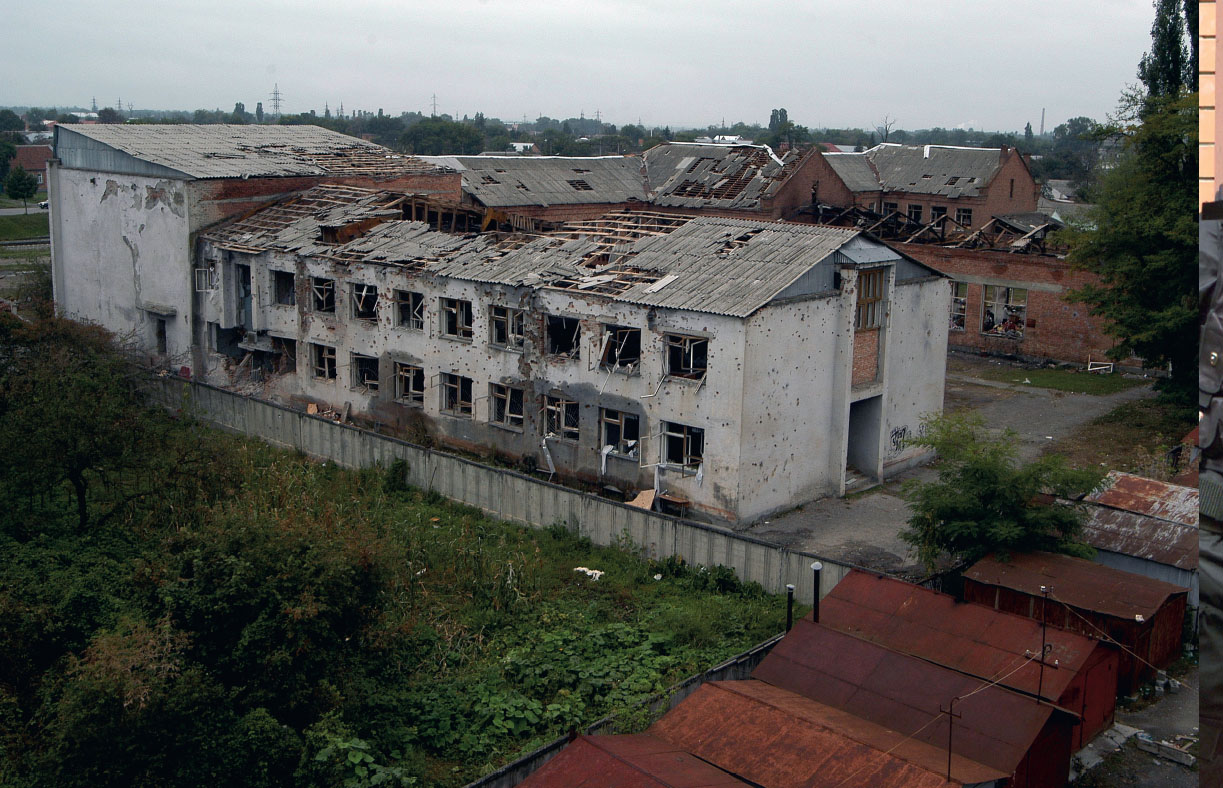
The hostage crisis ended in a deadly conflagration when a series of explosions rang out in the gymnasium and Russian special forces began firing flamethrowers at the school. Questions remain over the initial cause of the explosions.
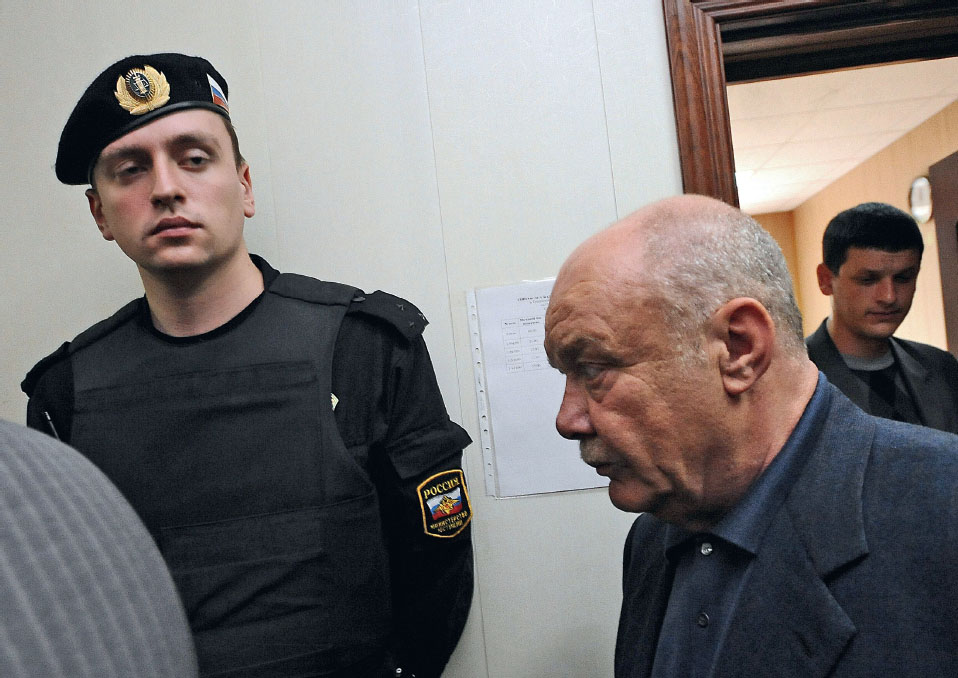
Semyon Mogilevich was jailed for eighteen months on charges of tax evasion. At the intersection between the Russian security services and organised crime, he’d been the brains moving money into the West for Russian organised crime since the eighties.
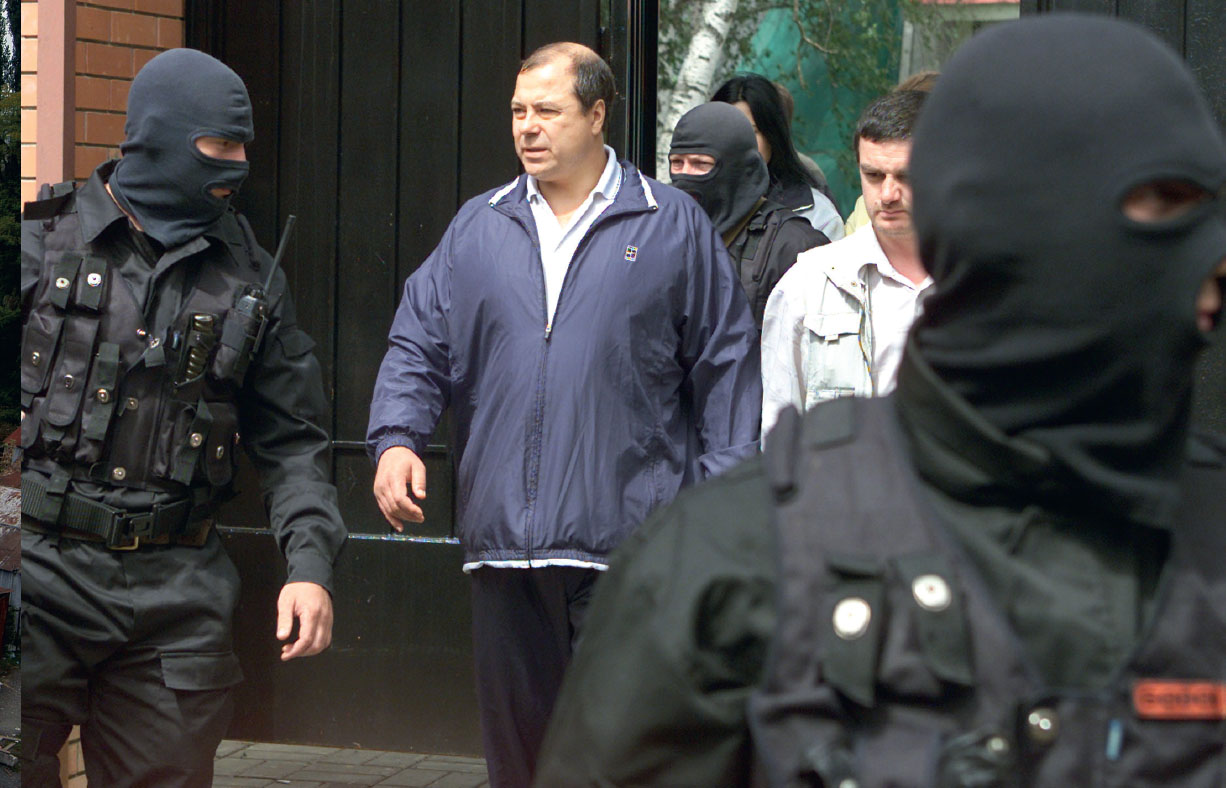
Moscow police raiding the dacha of Sergei Mikhailov, the alleged head of the powerful Solntsevskaya organised crime group, in 2002. No charges were ever pressed.
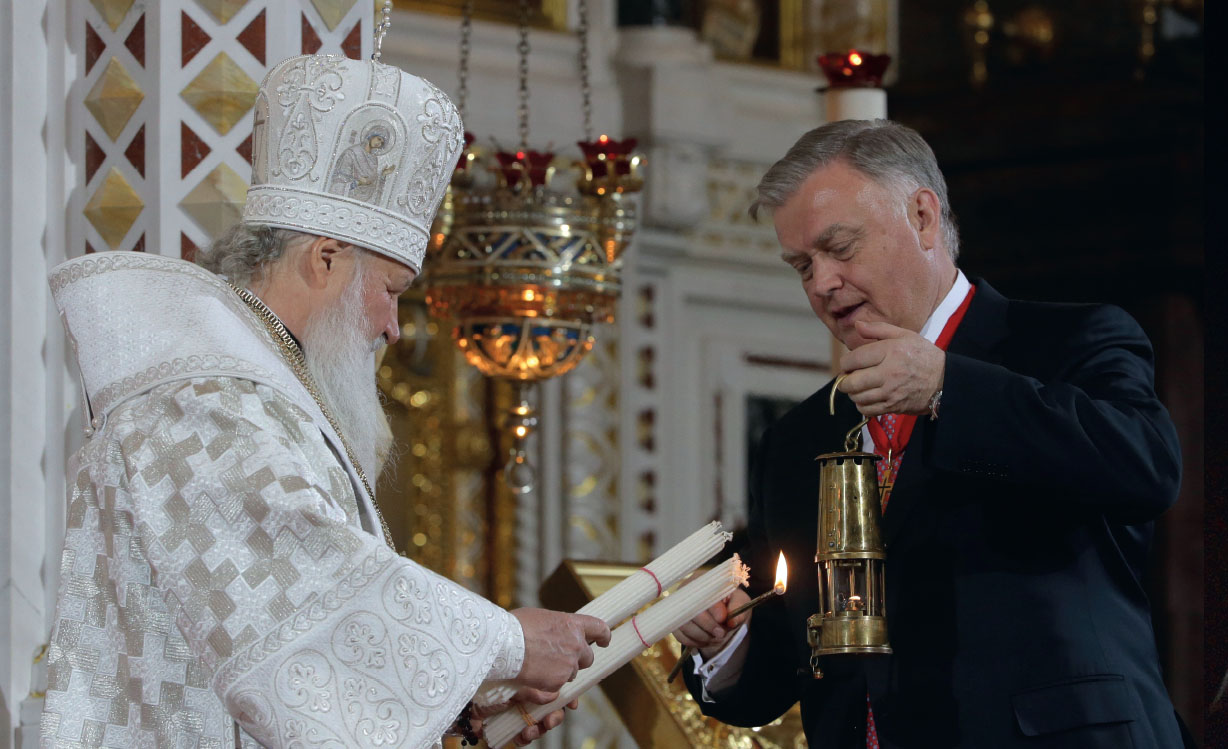
Vladimir Yakunin was one of the first KGB men close to Putin to convert to Russian Orthodoxy after a career defending the atheist Soviet state.
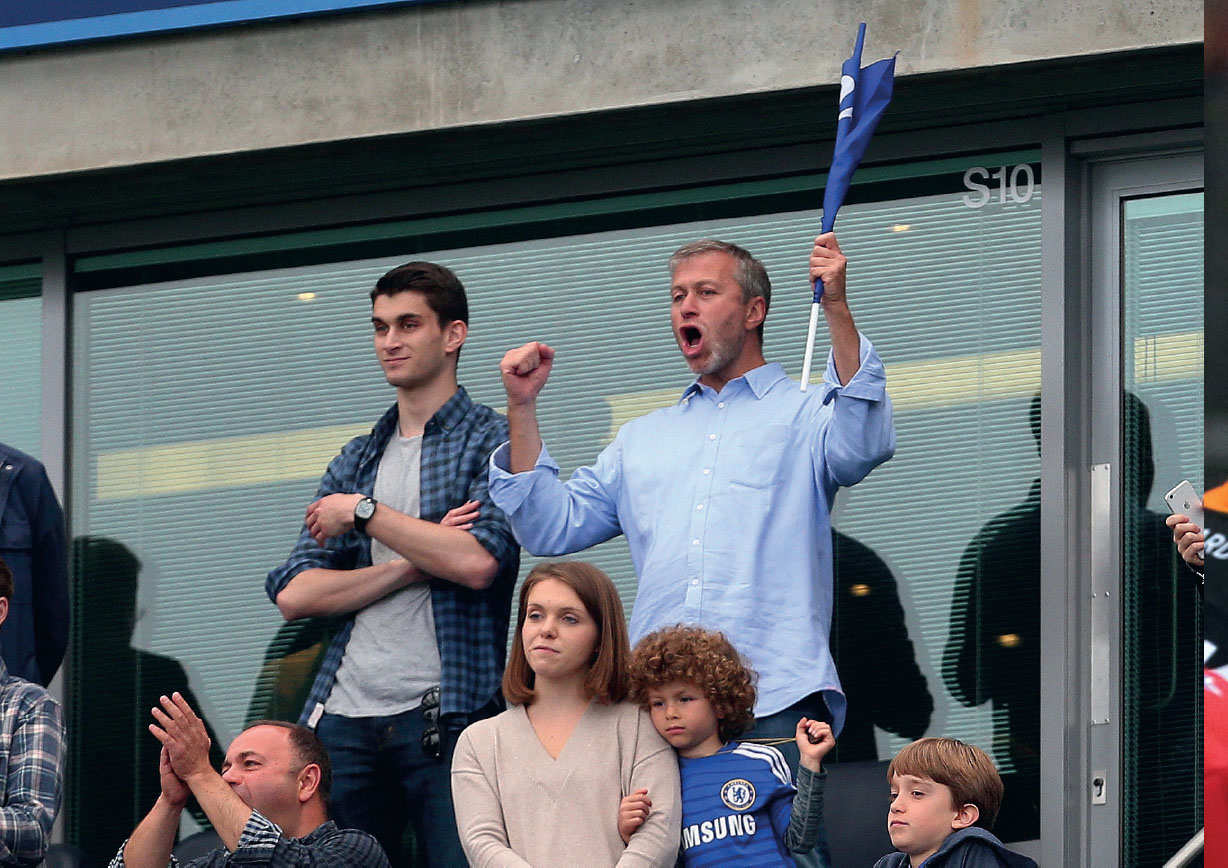
Russian billionaire Roman Abramovich (top right) became a well-known fixture on the UK football scene after he bought London’s Chelsea football club in 2003.
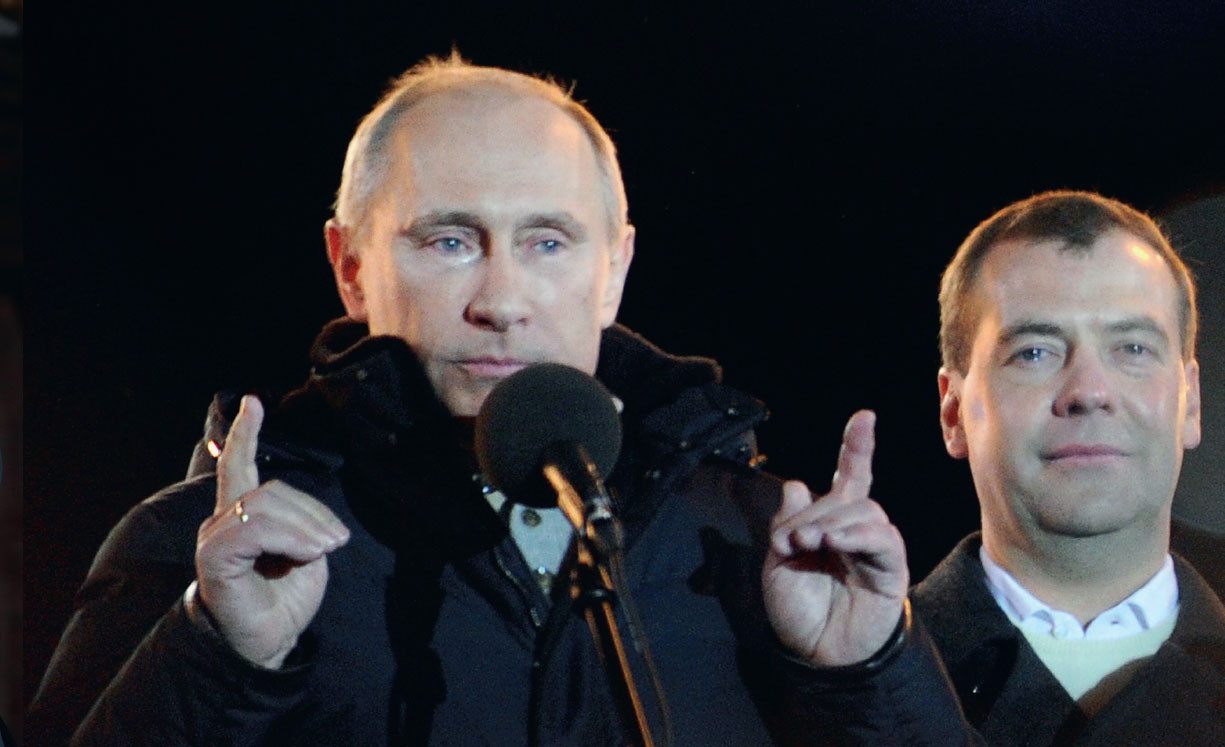
Putin could not help but shed a few tears when he declared victory in the 2012 elections. The news that he intended to return to power after four years of more liberal presidency under Dmitry Medvedev (right) had sparked the first serious protests of his rule.
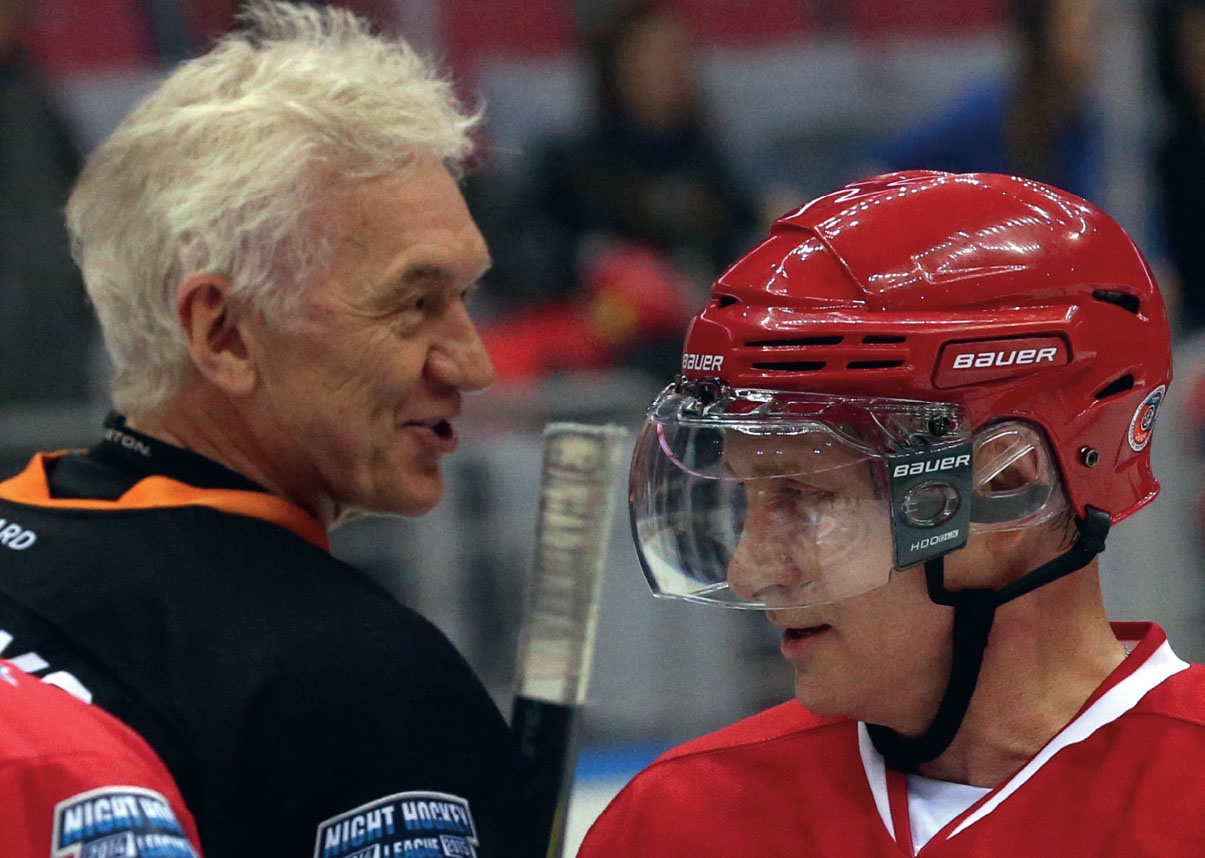
The fortunes of close Putin allies such as Gennady Timchenko continued to surge during Putin’s third term as president.
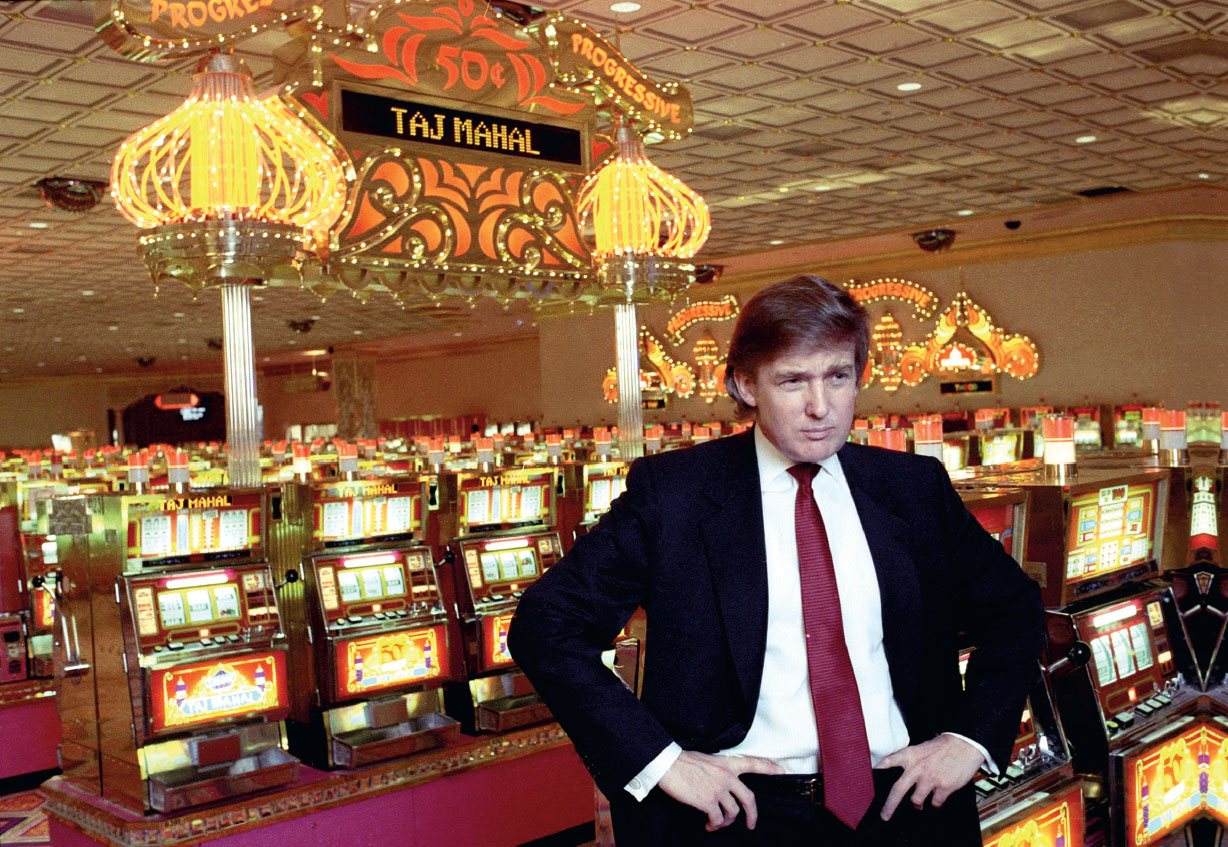
Donald Trump inside his Taj Mahal casino weeks before the glittering Atlantic City venture opened in April 1990. The casino became a favourite haunt of Russian mobsters and emigres.
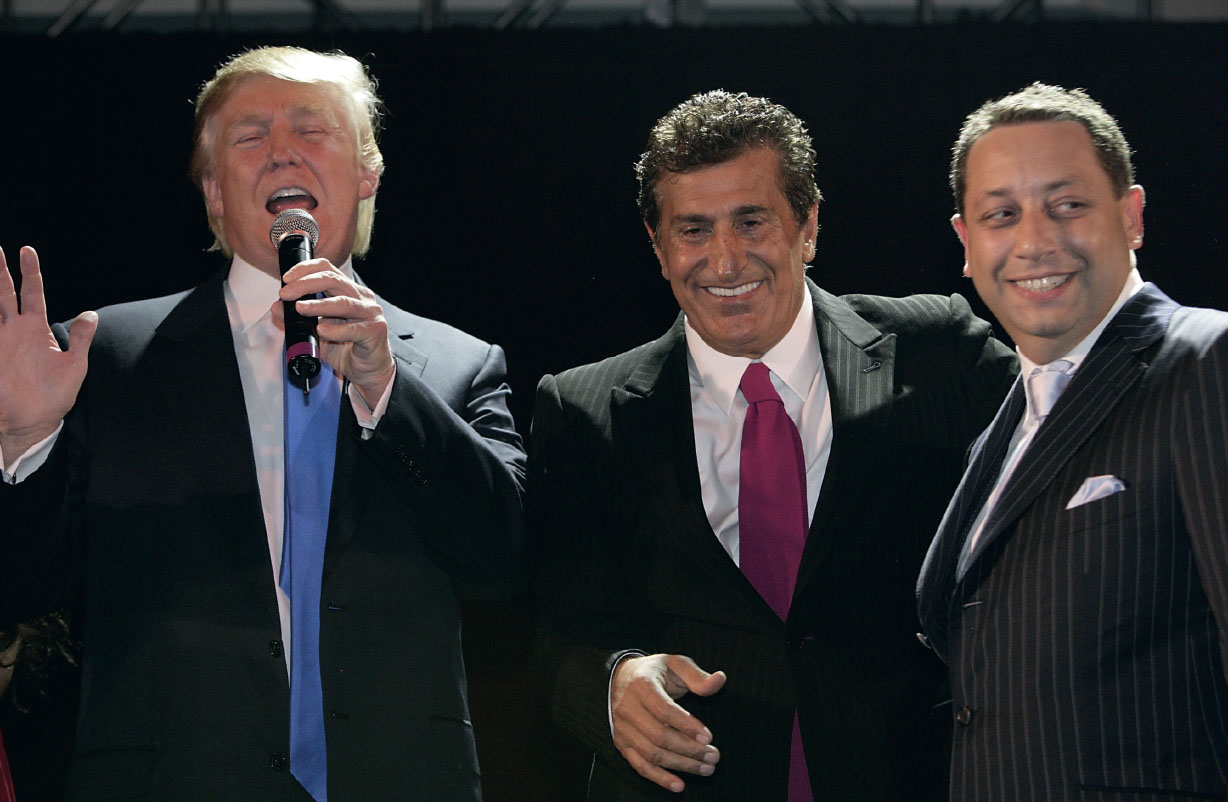
Donald Trump with Tevfik Arif and Felix Sater, the former Soviet emigres behind Bayrock Group, the New York-based real estate developer.